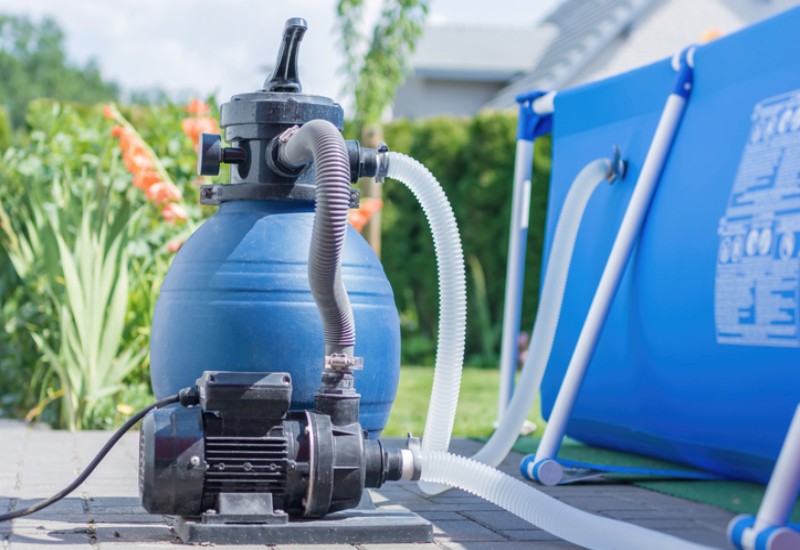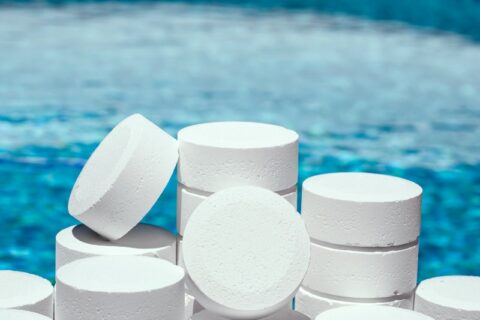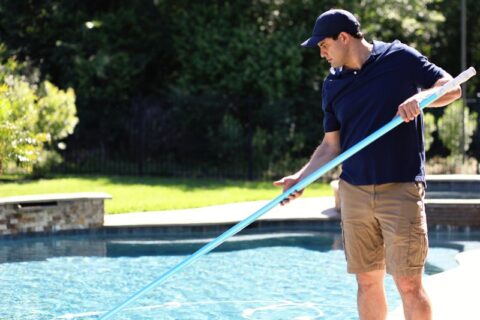How Many Hours Should I Run My Pool Pump?

Several factors affect the sanitation and clarity of your swimming pool. You need to add the right chemicals. You need to skim the surface regularly. And you need to filter all the water in the pool daily.
This may have you wondering—“How many hours a day should I run my pool pump?” If you run it too much, your operating costs will be higher than necessary. But if you don’t run it enough, you could be left with stagnant, unsafe water.
Deciding how many hours to run your pump is not as straightforward as you might think. After all, every pool is different. Water volume, system pressure, restriction to flow, filter size and type, and pump capacity all affect how long it takes to filter the water three or four times every 24 hours.
To simplify your calculations, consider the two most critical factors when determining how long to run your pump every day: pool volume and flow rate.
Calculate the Pool Volume & Turnover
To estimate the volume of water, multiply the pool’s length x width x average depth, all in feet. Multiply this number by 7.5, and that’s how many gallons of water are in your pool.
Each time the total volume pumps through the filter, this is known as a “turnover.” It takes three to four turnovers to filter 95 to 98 percent of the water. So, you must multiply the number of gallons in your pool by three or four to determine the necessary turnover per day.
Determine the Required Flow Rate
Let’s say you have a 10,000-gallon pool. To determine the filtration required to turn over 30,000 gallons in 24 hours, divide 30,000 by 24. This equals 1,250 gallons per hour. Since flow rates are measured in minutes, divide this number by 60 to get about 20 gallons per minute.
A 1 horsepower pool pump with 1.5-inch plumbing lines may filter around 60 gallons per minute. In this example, that means you would need to run the pool pump for about 8.5 hours a day (8.5 hours x 60 gallons per minute x 60 minutes = 30,600 gallons). You can use these figures to estimate your pool pump’s flow rate, but the most accurate method is to install a flow meter.
Unless you run the pump for at least 12 hours a day, you may want to program two cycles per 24-hour period to split up the time when the water sits stagnant. Better yet, upgrade to a variable-speed pump that can run at low speed 24 hours a day. This filters just the right amount of water without any downtime while keeping operating costs low.
Beginning in spring 2021, variable-speed pumps will be required for all residential and commercial swimming pools. It could be in your best interest to upgrade now and begin enjoying the energy savings immediately.
For more pool operating tips, or to schedule pool maintenance, please contact Millennium Pool Service at 703.939.5062 in Virginia or 301.591.3750 in Maryland.


